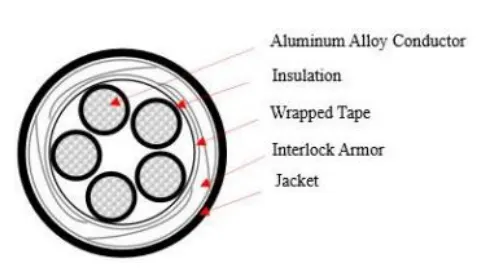តុលា . 06, 2024 06:02 Back to list
butterfly valve flange end
Understanding Butterfly Valve Flange Ends
Butterfly valves are a crucial component in various industrial applications, particularly for fluid control in pipelines. When discussing butterfly valves, one important aspect to consider is the flange end configuration. This article will delve into the significance, benefits, and various applications of butterfly valve flange ends.
What is a Butterfly Valve?
A butterfly valve is a quarter-turn rotational valve that uses a circular disc to regulate the flow of fluids through a pipe. The disc is mounted on a rotating shaft and can either block or allow passage of fluid when turned. Butterfly valves are known for their compact design, lightweight nature, and reliable performance, making them popular in both fluid control and isolation applications.
Flange Ends Explained
Flange ends are structural features of valves that allow for easy installation and secure connections to piping systems. A flange end consists of a flat surface with holes for bolts, designed to match up with corresponding flanges of pipes or equipment. This configuration offers several advantages
1. Ease of Installation Flanged connections are straightforward to install. They allow for alignment and adjustments when fitting pipes together, making maintenance and replacement simpler.
2. Robust Connection The bolted flange connection ensures a tight seal and can withstand high pressure and temperature conditions. This is pivotal in industries like oil and gas, water supply, and chemical processing, where leaks can lead to significant safety risks and financial losses.
3. Versatility Butterfly valves with flange ends can accommodate a variety of piping sizes and materials, ensuring compatibility across different systems. This versatility makes them a go-to option for both new installations and retrofitting in existing systems.
butterfly valve flange end

4. Standardization Flange end standards, such as ANSI or ISO, facilitate the interchangeability of components, reducing downtime and inventory costs. This standardized approach fosters global trade and project consistency.
Applications of Butterfly Valve Flange Ends
Butterfly valves with flange ends find extensive use across numerous sectors
- Water and Wastewater Management These valves are often utilized in treatment plants for isolation and flow regulation. Their ability to handle large volumes and pressures makes them ideal for this application.
- Chemical Processing The chemical industry requires valves that can perform under extreme conditions. Flange-end butterfly valves are commonly used to manage corrosive fluids, ensuring safe transport and regulation.
- HVAC Systems In heating, ventilation, and air conditioning systems, these valves control air flow and pressure, contributing to energy efficiency and optimized performance.
- Food and Beverage Industry Hygiene and safety are paramount in food processing. Flanged butterfly valves made from sanitary materials are essential for maintaining the integrity of production processes.
Conclusion
Butterfly valve flange ends represent a critical intersection of functionality and safety in fluid control systems. Their ease of installation, robustness, and versatility ensure they meet the demands of a wide array of industries. As technology evolves and industries continue to seek efficient solutions, the reliance on butterfly valves will undoubtedly grow, affirming their role as an indispensable component in modern engineering and infrastructure. Understanding the nuances of these valves, particularly their flange ends, will empower engineers and technicians to make informed decisions for their projects, ensuring safety and efficacy in fluid management.
Share